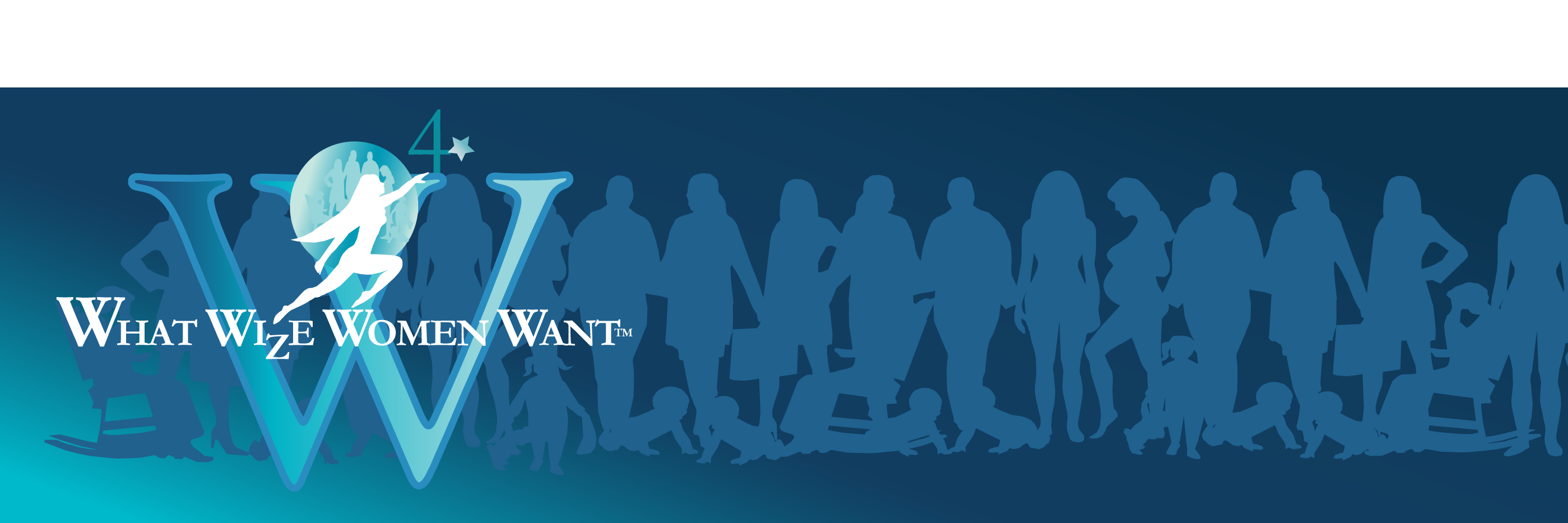 In the deluge of discussions, debates and rhetoric across the world this past week regarding the incidents in Colorado, it is interesting to observe the volume of adults negating the obvious. Any professional trained in human behavior seeks patterns to solve the mystery of anti-socialism. However, leading professionals appear to be blind to these patterns of shooters, and suicide victims, over the past few years.
In the deluge of discussions, debates and rhetoric across the world this past week regarding the incidents in Colorado, it is interesting to observe the volume of adults negating the obvious. Any professional trained in human behavior seeks patterns to solve the mystery of anti-socialism. However, leading professionals appear to be blind to these patterns of shooters, and suicide victims, over the past few years.
The profile of children involved in tragic crimes reveals common denominators among the perpetrators, two are mentioned here.
1) obsessive viewing of violent television, movies and video games
2) use of mind altering drugs for depression or violent behavior
Here are some of the profiles drawn from a study published by the Citizens Commission on Human Rights.
November 20, 1986: Rod Matthews, 14, beat a classmate to death with a bat in the woods near his home in Canton, Mass. Though Rod was extremely bright, he was put on Ritalin when he was in third grade.
September 26, 1988: 19 year-old James Wilson went on a shooting rampage at Greenwood elementary school in South Carolina. Two children were killed and nine others wounded. Wilson had been treated by a Greenwood psychiatrist since age 14, and given psychiatric drugs including Xanax, Valium, Vistaril, Mellari, Thorazine, Tofranil and Halicon. He was withdrawing from Xanax at the time of the shooting.
October 17, 1995, Brian Pruitt, 16, fatally stabbed his grandparents. The prosecutor in his murder trial said he had a history of psychiatric treatment and was prescribed medication for depression.
February 19,1996: Timmy Bection, 10, grabbed his three-year-old niece as a shield and aimed a shotgun at a sheriff’s deputy who accompanied a truant officer to his home. Becton had been taken to a psychiatrist in January to cure his dislike of school and was put on Prozac. His parents stated that when the dosage was increased, Timmy became violent.
July 1996: In Japan, a 16-year-old high school student was stabbed by two boys 15 and 16 who were taking sleeping pills because it made them feel ‘invincible’.
September 27, 1997: A 16 year0old Nrew Jersey boy raped and strangled to death an 11-year-old who was selling door-to-door for the PTA. The boy took graphic pictures of the murder and told his mother he was trying to kill his doctor because he was not listening. The boy was heavily medicated on antidepressants.
May 21, 1998: Before going on a wild shooting spree in Oregon, 14-year-old Kip Kinkel had been attending anger classes while taking Prozac and Ritalin. He shot his parents as well as 26 others killing four.
April 20, 1999: Following the chain of events prior to the shootings, Eric Harris was planning his future in an attempt to join the military. Why would a youth who was contemplating murder and suicide plan for future careers? Mr. Harris of Littleton, Colorado was under psychiatric care for violence and depression and medicated on Luvox.
Mind altering drugs have a serious and detrimental effect on the evolving child mind. Some of the effects listed in Facts and Comparisons include:
Tranquilizers and anti-psychotics cause difficulty in thinking, poor concentration, emotional problems, nightmares, depression, tardive dyskinesia- sudden uncontrollable spasms in all parts of the body, akathisia- severe restlessness causing agitation and psychosis, neuroleptic malignant Syndrome- altered mental states, irregular pulse and heart beat. Other symptoms include confusion, hallucinations, severe depression even seizures.
Anti-depressants can cause difficulty thinking, confusion, poor concentration, panic, extreme restlessness, delusions, manic reactions, delirium, etc.
Selective Serotonin Reuptake Inhibitors can cause anxiety, agitation, bizarre dreams, confusion, suicidal thoughts, hostility and violent behavior.
Ritalin side effects include nervousness, insomnia, hypersensitivity, even Tourette’s syndrome.
The body is an extremely complex biochemical machine in harmony and rhythm with every other aspect. When these chemicals are introduced, the body must overreact to counterbalance. A child who is placed on an anti-depressant, submerges feelings rather than learning to work with them in mediation or listening skills. Like a pressure cooker waiting to explode, the feelings lie deep and hidden until the effects of the drug are countered by the body or withdrawn. It is then that all of the minor conflicts and agitation come exploding to the surface in rage. This coupled with images from violent television and movie viewing, creates the tragedy’s such as Colorado. Taunting peers, violent viewing, pressures of growing from the body in puberty, separation from parents to adulthood without the benefits of rites of passage, choosing career paths, all compound the agitated state of a child on anti-depressants and like drugs.
Yet the rise in prescriptions from the ‘cult’ of child psychiatry has increased dramatically in the past few years. Childhood pranks and play have been scientifically redefined by psychiatrists and psychologists as ‘disorders’ creating a lucrative industry at the cost of our children. No behavior is spared according to the American Psychology Association:” Conduct Disorder, Serious Reading Disorder, Serious Emotional; Disorder, Learning Disorder, Attention Deficit Hyperactivity Disorder, Attention Deficit Disorder. Human, especially normal childhood behavior, has been refined to disease, illness and classification. Now that ‘handicap’ is considered a mental disturbance, schools can be reimbursed for such seemingly anti-social behaviors. The number of children presumably suffering from LD for example, went from 1.9 million in 1989 to 2.6 million in 1996. The number of children suffering from ADD went from 500,000 in 1988 to 4.4 million in 1997.
To compound the issue, while television viewing, the chemically altered mind of the child is in an alpha state. The normal mind registers awareness on the three portions of the brain (primal, mid and fore) in a segmented fashion. The instinctual brain responds to stimuli like mother calling or a loud noise. Researchers know that the forebrain responds because the child remembers the contents of the program. However, the limbic system or mid-brain is by passed with electrical impulses. The limbic system is the seat of conscience, emotion and intuition. A child watching television then sees the images as reality without cause and effect relationship. A child who kills another child for taking a toy responds with comments like ‘but he stole my dog’, without remorse or understanding of the magnitude of the event, is a prime example of a shut down limbic system. There are a variety of books that describe the effects of these images not only on the ability to know right from wrong but also, with developing respect for authority figures, integrity and all of the other intangible qualities that made us human beings. Ralph Nader and Linda Coco recently published one book entitled Corporate Predators. Another is Jane Healey’s book Endangered Minds.
The number of children in crime related incidents are growing at an alarming rate. In Arkansas alone between 1986 and 1994, the homicide rate by 14-17 year olds increased by 435%. The number of juvenile arrests for violent crime in the state between 1989 and 1995 increased by 180%. Prison officials relate that the younger youths coming into prison today, at age 14, for example, are proud. Only five years ago, they were frightened children.
The above two items, violent viewing and prescription drugs, are only two of many found among children committing grievous crimes against humanity. When will the adults of our society focus on these two issues, as well as the others who include removal of child from maternal bonding, over populated school environments, emotionally distant parents, accessibility to weapons and others? What will it take for Americans to place children first before career, money and status? Had the Colorado shooters succeeded, an entire community of children would be gone today. When will we ever learn?
